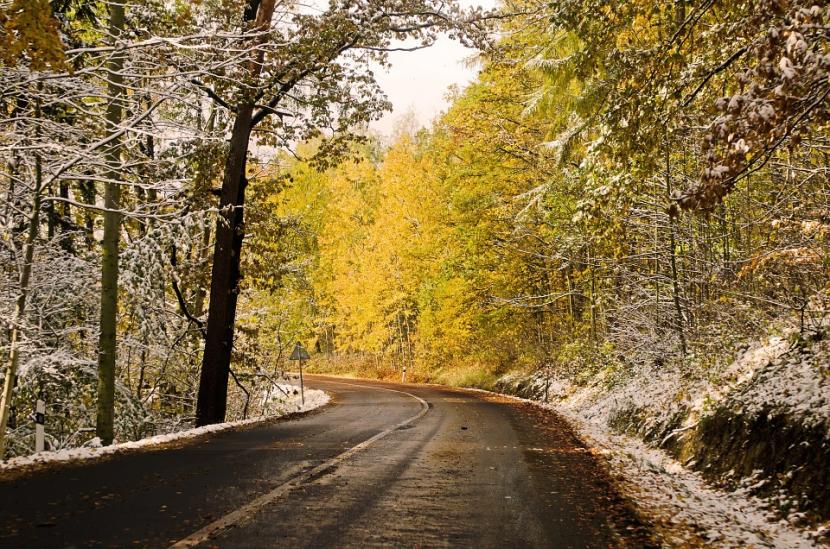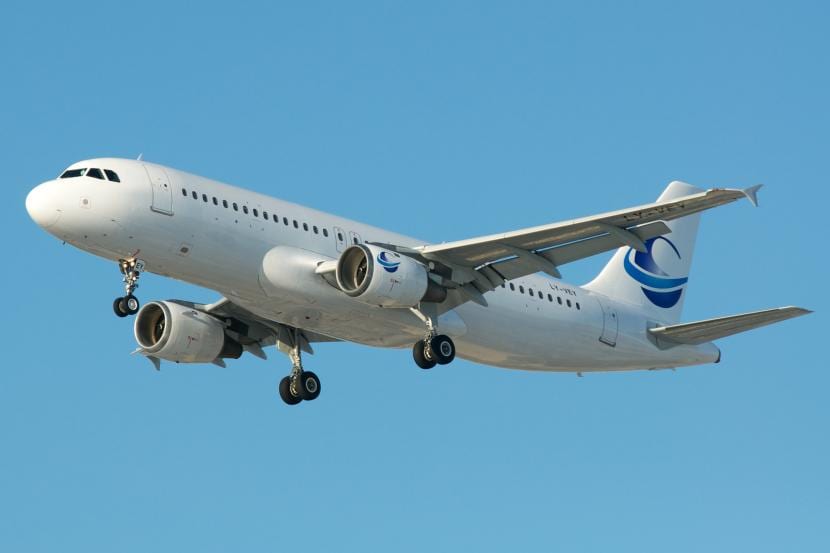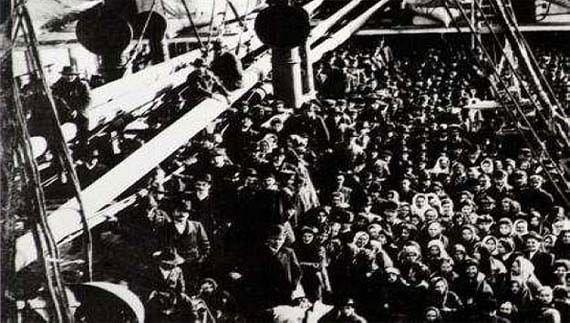
The different types of migrations follow in the wake of the origins of mankind by the imperious desire to go ahead. It is this desire that has made us the species that has managed to colonize all corners of the world, to the point that there are people living even in the regions near the poles and those of the deserts.
Thus, from the beginning of our existence, we have substituted our home in one territory for another; that is, we have migrated. Currently it is something we do if we go on a trip to a country and, because we like it so much, we decide to stay and live. But, Do you know what types of human migrations exist?
Human migrations can be classified into three types: according to time, according to character and according to their destination. Let's see each of the types of migrations separately to understand them better:
Types of migrations according to time

This type of migration is one that is carried out during a limited period of time, considered as temporary, as well as that which is carried out permanently, considered as permanent bases. It is worth noting that temporary human migrations are those in which the migrant will return to his place of origin after a specific time.
Types of migrations according to the character
Depending on what prompts us to leave our place of origin, the forced migration, which as its name indicates, is one in which the person is forced to leave their land in order to survive; or voluntary migration which is when the migrant leaves his residence of his own free will.
Types of migrations according to the destination
In this type of migration we differentiate the internal migration, which is when the destination is in the same country; or international when you are in a different country.
Why do we emigrate?

Humans they always look for a good place to live, regardless of their origin and their economic situation. In recent years immigration has become a topic that is talked about on a daily basis: people from developing countries crossing the pond in search of food, work and security. Many of them risk losing their lives, since everyone knows that they do not always arrive by the most appropriate means of transport. But there is much that they can gain; after all, any place is better than a war-torn area.
On the other hand, and as we mentioned before, if any of us goes on a trip to, say for example, New York and it turns out that they like the weather, the people, the place, and that they also have the possibility of finding a job, It is likely that you will consider living there temporarily or, who knows, perhaps permanently. We will become immigrants to New Yorkers and emigrants in our home country, but surely soon we can make our lives there without problems.
Another reason why we have to emigrate is for natural disasters, be it earthquakes, floods, droughts, etc. If you live in an area where disasters are common, you can wait for buildings to be built that are resistant to them, but this can be very dangerous, so you often choose to look for a safer residence in another area of the world. country or another.
Positive and negative consequences of types of migration

Like all displacement, this can have consequences for both the place of origin and the place of destination.
Positive consequences
Among all the positive consequences, it should be noted that in the country of origin the demographic pressure on resources is reduced and unemployment decreases, in addition to assuming a relief for the over-population; in the case of the destination country, there is a population rejuvenation, there is more diversity of cultures and productivity increases.
Negative consequences
For the country of origin, the most notable are above all the aging population and declining public revenue. Young people of working age are the first to decide to leave, and this poses a problem for the place of origin.
On the other hand, the destination country will face a decrease in wages in some sectors for the labor exploitation of immigrants, who accept to do hard work for a low salary.
Curiosities about migration

In addition to what has been exposed so far, it is interesting to know that there are also migratory balances or migratory balances, which is the difference between emigration (people who leave) and immigration (those who come to stay). When immigration is greater than emigration, the migratory balance is considered positive, and negative otherwise.
The socialist Robert Owen (1771-1858), of Welsh origin, planned a city called New Harmony, which had to be built in Indiana (United States). The idea was to provide housing and work for immigrants, although in the end it was not realized. Despite everything, it gave rise to numerous projects that did see the light of day, mainly due to the support of the immigrants themselves. Among all we highlight the satellite cities (as in Maipú in Chile, Quezón in the Philippines or the New City of Belen in Peru), the planning of Latin American cities, or the settlement of the border areas with Haiti by the Dominican Republic.
We hope we have resolved your doubts regarding the human migrations that exist.